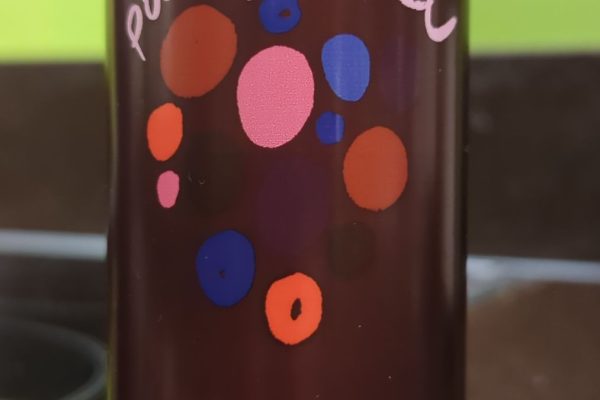
New research provides deeper insights into corked wine. Corked wine is primarily caused by the compound 2,4,6-trichloroanisole (2,4,6-TCA), which imparts a musty, mouldy smell to the wine. This compound is mainly produced through a microbial process and can originate from cork stoppers or the winemaking environment. Cork is the primary source due to potential contamination during the growth of trees or during cork processing, where chlorine-containing agents may be used.
Preventative measures include avoiding the use of chlorinated fungicides and pesticides during grape growing and winemaking. Good hygiene practices in vineyards and wineries are essential to minimise microbial contamination. Additionally, cork manufacturers can employ methods to detect and eliminate 2,4,6-TCA from cork before it is used for wine stoppers.
Technologies such as electrochemical treatment, catalytic degradation with hydrogen peroxide and plasma active water have shown promise in reducing 2,4,6-TCA levels in cork. Finally, membrane filtration and adsorption techniques, using materials like activated carbon or synthetic polymers, can help remove 2,4,6-TCA from contaminated wine, ensuring minimal impact on wine quality.













